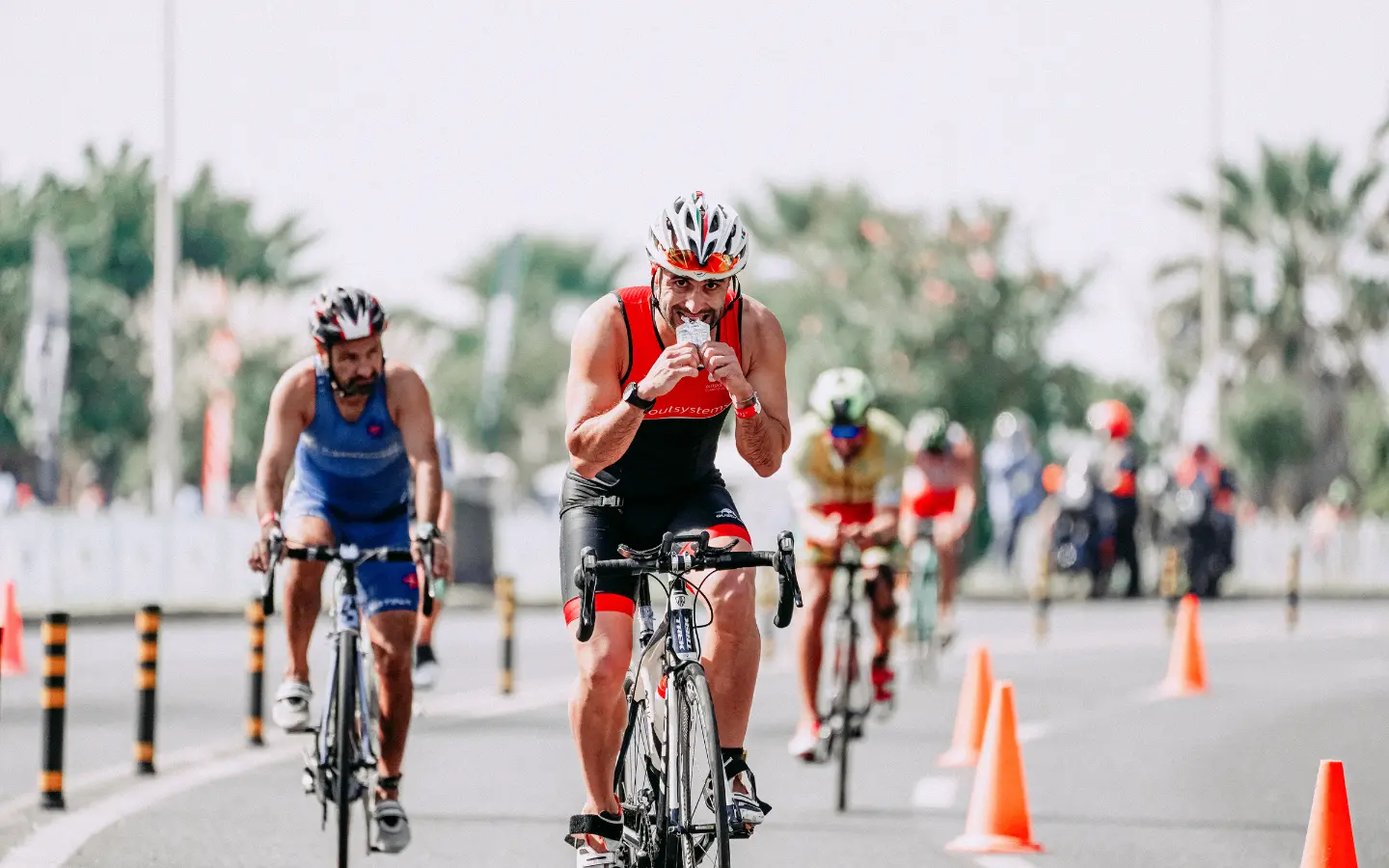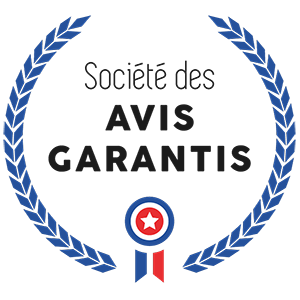Ranking based on population data from the Observatoire des territoires and government data on the number of licensees per municipality.
Let's start by looking at the ratio of sports licensees to population in each département of mainland France (excluding Corsica).
Marked territorial disparities
These statistics reveal significant inequalities in sports participation across France.
The average ratio of licensees to population varies considerably, from 12.87% in Seine-Saint-Denis to 32.49% in Lozère, a more than threefold difference.

Geography of sports involvement
Rural and mountain departments are less densely populated, but generally have the highest licensee rates. Lozère (32.49%), Mayenne (31.07%) and Hautes-Alpes (30.49%) dominate the ranking.
This trend is probably due to a strong sporting tradition in these areas, particularly for nature sports and outdoor activities. What's more, in less densely populated areas, sports clubs often play a central social role in community life.
Conversely, the departments in the inner suburbs of Paris have particularly low rates: Seine-Saint-Denis (12.87%), Paris (15.31%) and Val-de-Marne (17.80%).
This situation can be explained by several factors:
- higher cost of living,
- lack of accessible sports facilities,
- more precarious populations with less access to organized leisure activities,
- preference for other forms of unlicensed physical activity,
- municipal sports development policies,
- local cultural traditions,
- the age of the population (departments with a younger population tend to have more licensees).
The departments of Brittany and the West of France show a strong sporting culture, with high ratios: Finistère (27.09%), Ille-et-Vilaine (28.66%), Loire-Atlantique (28.53%). This region benefits from a strong associative tradition and a climate favorable to year-round outdoor activities.
The industrial departments of the North and East show mixed results. Nord (21.91%) and Moselle (21.23%) remain within the national average, suggesting that the industrial heritage does not prevent the development of licensed sport.
Club organization
Here's an overview of the number of clubs by department.
Combining the data presented on the previous two maps, an analysis of the number of members per club also reveals some interesting disparities. Hauts-de-Seine (176 members/club) and Val-de-Marne (136 members/club) have the largest clubs, probably reflecting an urban concentration.
In contrast, some rural departments such as Indre (54 members/club) or Creuse (45 members/club) maintain a dense network of associations, but with smaller structures.

Challenges of access to sport
The data highlight a real challenge in terms of territorial equality in access to organized sport. The discrepancies observed call into question public sports policies and their adaptation to local specificities.
Densely populated urban areas seem particularly vulnerable, despite a theoretically more diversified offering.
Departments with low ratios, particularly in the Paris region, represent a major potential for development if the obstacles to the practice of licensed sports can be removed. This would probably require targeted investment in infrastructure and pricing policies adapted to the most modest populations.













